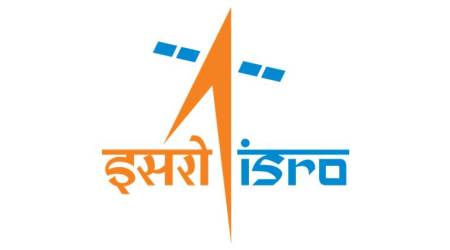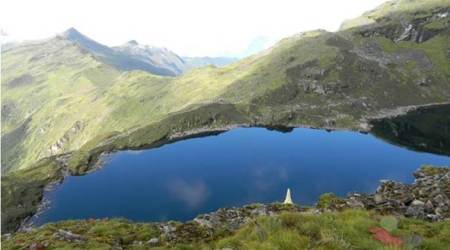 India is now set to have its own GPS, which will be integrated with National Physical Laboratory, keeper of Indian Standard Time (File Photo).
India is now set to have its own GPS, which will be integrated with National Physical Laboratory, keeper of Indian Standard Time (File Photo).
India’s very own GPS system, the Navigation with Indian Constellation (NavIC) will soon be independent of the US clock system, according to a report in the Times of India. The report points out the Indian Space Research Organisation (ISRO) is going to sign an MOU (memorandum of understanding) with the CSIR-National Physical Laboratory (NPL). The MOU will be for services of time, frequency and will ensure that India’s NavIC becomes more accurate.
According to the report, the reason for this MoU is that ISRO needs accuracy at level of nanoseconds for correct navigation and surveillance. The NPL is the official timekeeper of the Indian Standard Time and maintains “±20 nanoseconds,” according to the report. The report quotes Dinesh Aswal, director of NPL on why this accuracy in time is needed by ISRO for its NavIC navigation system, which will be crucial for commercial purposes.
India is currently developing its own navigation system, which is part of the Indian Regional Navigation Satellite System (IRNSS). The NavIC will hope to compete with other navigation systems in the world like GPS, which is officially from the US government. There’s also Global Navigation Satellite System or better known as GLONAAS from Russia. China has its own system called Beidou and has a civil and military modes.
If India’s NavIC is successfully launched, it would free the country from dependence on the US GPS system. Just like the other systems, IRNSS will have a civil and military mode. According to ISRO’s website, the Standard Positioning System (SPS) will be for all users, but the Restricted System (RS) will only be for authorised personnel.
The website further explains that NavIC will give a “positional accuracy of greater than 20m in India in the primary service area” and provide positional access to regions within 1500km of India’s boundaries.”
IRNSS would have many applications. Some of them are terrestrial, aerial and marine navigation, disaster management, vehicle tracking and fleet management. It will also create mapping and geodetic data capture, terrestrial navigation aid for hikers and travelers and visual and voice navigation for drivers.
Additionally ISRO will launch its navigation satellite IRNSS-1H by the end of August to boost the current seven satellites of NavIC constellation, according to a PTI report. IRNSS-1H will be a “back up” navigation satellite for IRNSS-1A, and will be sent on board the PSLV-C39.







